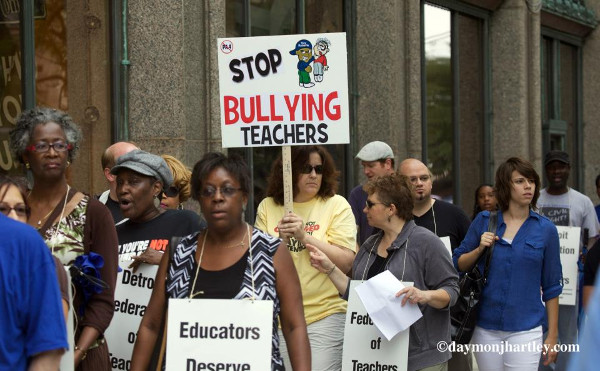
Contributed to the People’s Tribune by educators
Homelessness and food insecurity now affects every level of public education, from pre-school to K-12 through higher education.
At the University of Hawaii 21% of students are food insecure. For City University of New York, it’s 39%. More recent reports indicate that over half of the students attending certain colleges in Oregon, Maryland, and Alaska are food insecure. In one of the few studies on the topic, 20% of students reported being hungry and 13% were homeless.
Massachusetts has 29 public college campuses; 25 have food assistance programs. UCLA is opening a food bank. At California’s 23 Cal State level campuses, 20% of students are food insecure. At the state’s community college level, 33% of students go without adequate food during each month. The United Teachers of Los Angeles has made one of their contract demands that all schools become community schools with a 360 wrap-around of necessary services. (Data from Wisconsin Hope Lab, “Hungry to Learn” 2015.)
In the 2012-13 school year, 51% of students from pre-k-12 were eligible for the federal program that provides free and reduced-price lunches. The lunch program is a rough proxy for poverty, but the explosion in the number of needy children in the nation’s public classrooms is a recent phenomenon that has been gaining attention among educators, public officials and researchers.
Hunger is increasing in an era when an abundance of food is being produced. How can students learn if they are hungry? What is wrong with this picture?

